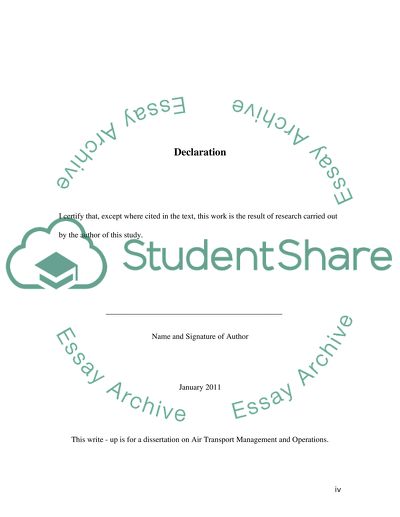Cite this document
(“Air Transport Management and Operations Dissertation”, n.d.)
Retrieved from https://studentshare.org/family-consumer-science/1405738-air-transport-management-and-operations
Retrieved from https://studentshare.org/family-consumer-science/1405738-air-transport-management-and-operations
(Air Transport Management and Operations Dissertation)
https://studentshare.org/family-consumer-science/1405738-air-transport-management-and-operations.
https://studentshare.org/family-consumer-science/1405738-air-transport-management-and-operations.
“Air Transport Management and Operations Dissertation”, n.d. https://studentshare.org/family-consumer-science/1405738-air-transport-management-and-operations.


